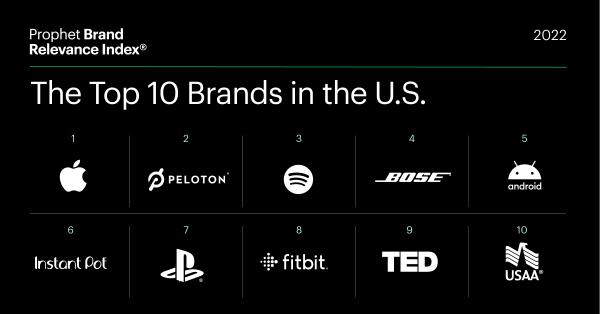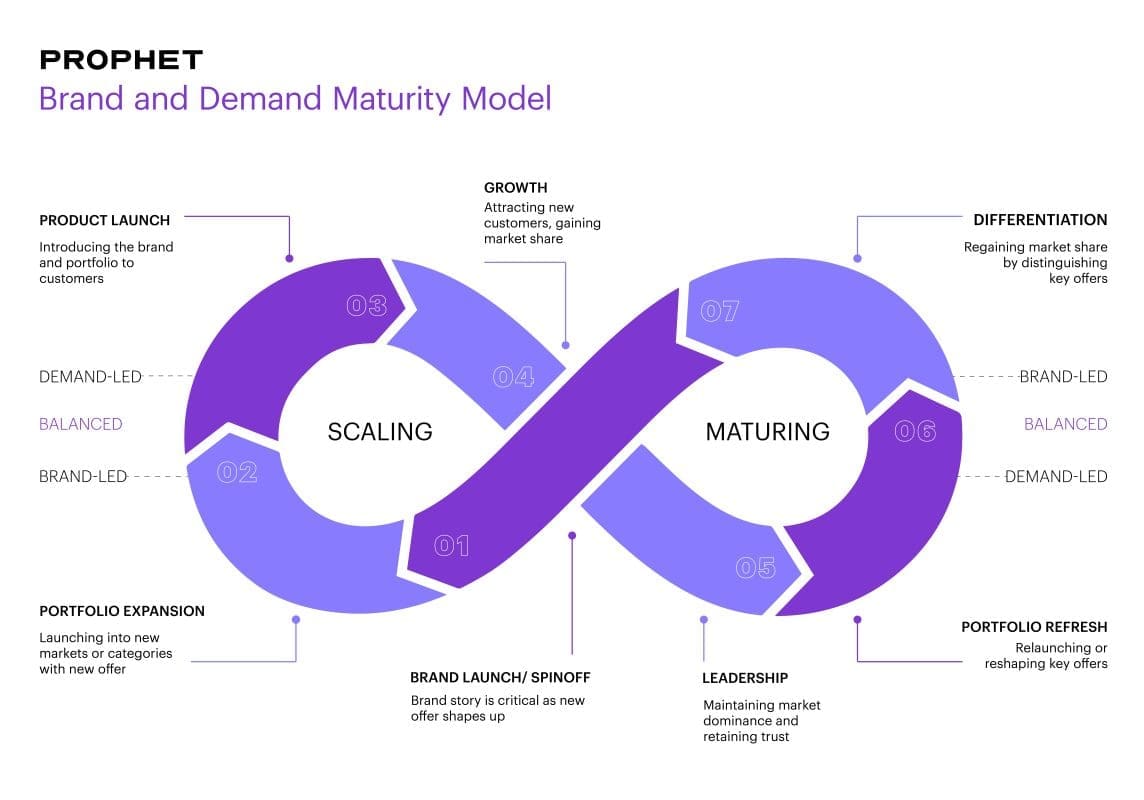Do you know what’s funny? When you try your hand at brand humor or humorous advertising but it lands with all the grace of a herd of wildebeests. Oof. But it’s not all bad gnus. (Womp.) With a few pointers, you can break out with more mirthful marketing—whether that’s funny copywriting, playful brand storytelling or funny ads—and there’s good reason to. You won’t just crack your audience up by using humor effectively; you’ll crack open more engagement, conversions, recall, brand equity and more, and this applies to both B2C to B2B.
(One brand is laughing all the way to the bank with conversions leaping to nearly 200% when they used humor in copywriting. We’ll get to that in a minute.) But first…why did humor even evolve in humans?
A Funny Thing Happened on the Way to Humanity
“Homo sapiens” is Latin for “wise man.” But maybe “wise guy” is a better fit. Because, from snickering at the back of the cave to snickering in the back of a movie theater, we’ve been finding things funny for a long time—like 35,000 years now. (Talk about a running joke!)
And while scientists still haven’t completely figured out the biological imperative for humor (and its attendant physiological response: laughter), they have some compelling theories. These are mostly around humor as a kind of social glue, from facilitating bonding to masking nervousness to dampening aggression to showing superiority to attracting partners. Laughter itself seems to have evolved from heavier breathing during play like play fighting or tickling.
Another intriguing theory is that humor enhances cognitive strategies by revealing incongruities. The idea is that our brains constantly make assumptions about what we’ll experience next or who other humans might be—and reward us with amusement when we realize our assumptions weren’t correct. It’s a little nuanced but still rooted in social connection.
Strike Paydirt When You Strike Them as Funny
That social connection is the true power of using humor effectively in marketing, verbal branding, or advertising; it links your humanity to your audience. It helps you find common ground, surprise and delight, diffuse tension and be relatable to your key customers or stakeholders.
But that’s not all. Being funny can lead to serious business results, improving everything from purchase intent, evaluation, and recall (turns out, people remember funny sentences more), to reach, engagement, and brand advocacy.
Take Wendy’s, for example. They’ve been roasting people on social media so hilariously that people now volunteer to get sent up in a #NationalRoastDay tweet. It’s a badge of honor at this point, and a great example of humor amping engagement and affinity.
“You won’t just crack your audience up by using humor effectively; you’ll crack open more engagement, conversions, recall, brand equity and more.”
Or consider Dollar Shave Club. That one funny breakout video? It cost only about $4,500—but generated more than 11 million views and massive media coverage. It also works for brands like Manly Bands, a wedding ring retailer who saw conversions jump to 93% (the conversion rate for one ring in particular increased to almost 200%!) when they traded boring for funny in their brand copywriting. And there are all kinds of success stories of using humor in advertising, from underwear to underarms.
But Don’t Save All Your Chuckles for Consumer Brands
B2B audiences would love more pop in their procurement—in fact, one Google study found B2B buyers are more emotionally connected to their vendors than consumers are to theirs, and nearly 50% likelier to buy when there’s a personal, emotional connection.
And again, funny campaigns boost recall, persistent behaviors and engagement for these buyers, too. But there’s another reason to dust off your comedic chops: not a lot of B2B brands are doing it, creating a massive opportunity to differentiate on top of all those other benefits.
Who could forget MailChimp’s FailChips? Or LinkedIn’s ridiculously relatable gifs for marketers? What about iStock by Getty’s hilarious take on over-posed stock images? Adobe Marketing Cloud even found a way to send up the mean streets of pay-per-click advertising.
What’s So Funny, Anyway?
It mostly comes down to incongruity. It’s about an unexpected reversal or left turn, usually near the end of a sentence, like, “I’m sorry I’m late. I got here as soon as I felt like it.” Ba-dum tss!
But there’s an art to using humor in marketing and branding. Done wrong, humor can distract from your message, weaken your credibility, and alienate or, worse, offend your audiences. This usually happens when:
- Making fun of a specific group of people
- Being ham-handed with a sensitive topic
- Cracking a joke at an inopportune time (like a natural disaster or PR crisis)
- Using a kind of humor that’s at complete odds with your brand
- Attempting to wield humor without truly understanding its subtext (something you’ll find out fast if you get it wrong)
Three Principles to Land Your Punchline
With a few pointers, you can reap the benefits of using humor in content marketing, from emphasizing brand or product benefits to enhancing brand storytelling to building emotional connections, to engendering support (and funds) for societal issues, to generating explosive engagement on social.
1. Know Your Audience, Industry and Topic
It’s pretty table stakes for general branding and marketing but glossing over this can really kill your comedic campaign. You need to truly understand the personas in your target audience segments before you try to roll out a humorous ad or funny product video.
And you’ll want to go beyond typical demographics and go deep into psychographic segmentation to uncover things like beliefs, values, personality traits, lifestyles and hobbies so you can tailor your humor accordingly. There are two reasons: 1) you need to know what your audience responds to and 2) how not to alienate them. Zoomer humor, for example, is incredibly nuanced and increasingly meta-ironic or post-ironic—use either incorrectly at your peril.
So, find out what makes your audience tick. Are they impassioned social activists that appreciate pot-shots at the status quo? Stressed-out shoppers with a penchant for sarcasm? Extremely online intellectuals who like a bit of irony? Stay-at-home parents, who prefer deadpan to dad jokes? Knowing their likely personality profile will help you figure out what they might find funny, how far you can take it and what they could find offensive.
You also have to know your brand’s unique value proposition, product benefit, service offering, customer pain points, any product or brand weaknesses, and the context in which you operate—and know it inside and out—to know what’s funny about it. Try brainstorming your brand’s attributes, benefits, product use cases, industry quirks, even your product weaknesses—and then see if you can make unexpected and comical connections between them and your audience, competitors, recent trends, adjacent industries—get creative! You can use any of these elements to craft chuckle-worthy content.
Canned Laughter? No, Cannes Lions.
For instance, Zendesk, a customer service software provider, used a common customer service pain point—annoying support agent calls—as the basis for their funny “Sh*t Support Agents Say” video.
Love Cheetos but not orange-stained fingers? Same. But you can even poke fun at your own product limitations like these. In fact, doing so won Cheetos a 2021 Cannes Lion for their digital, social and out-of-home campaign that was based on exactly that: the (now iconic?) orange powder stain. You could say they created campaign success that was hard to…touch.
Even if you represent a more typically “dry” industry like materials engineering or healthcare, you can still generate solid results with humorous campaigns. In one study, a funny and a non-funny healthcare ad went head to head in a split test—and the funny one won, increasing time spent, credibility and message recall, no joke.
But which kind of humor will work best for your brand? Because there are different ways to be funny in marketing—to different effects. Let’s take a look at some of them, with examples.
Light Humor – Sometimes a chuckle is just as good as a guffaw when it comes to making an emotional connection and delighting your audience. Light humor is more about being playful in your tone as opposed to landing a zinger of a punchline, like Bank of America’s “Can’t Stop Banking” video that poked gentle fun at the phenomenon of being on our phones.
Deadpan – Using deadpan humor can create a doozy of an impact. It’s a dry-wit display of emotional neutrality, usually contrasting a highly emotional moment—like Allstate’s Mayhem campaign (unleashing untold mayhem for competitors trying to keep up, no doubt). That Dollar Shave Club video mentioned earlier? Also deadpan.
Observational – This is when you make fun of a recent trend, larger human condition or current event. It’s delivered as a kind of conspiratorial, winking aside that tells the audience you get it, you relate and you’re both on the inside of that joke, whether it’s Apple poking fun at “the whole work-from-home thing” or Wendy’s roasting women’s razor maker Gillette Venus with their cheeky tweet, “You’re going to love our new pink straw. It’s an extra $2.50.” Pow! Take that, pink tax!
Absurdist or Surreal (and sometimes even downright impenetrable) – This humor is about being completely illogical to make people laugh and, generally, the weirder the funnier. It works as a foil to common, everyday situations where no one expects you to go off the rails (incongruity, remember?). Think: Skittles’ exhorting you to “Contract the rainbow!” or the Old Spice guy instructing you to, “Look down, back up, where are you? You’re on a boat with the man your man could smell like” before suddenly being on a horse.
Irreverent – A close cousin of the absurd is irreverent humor. This kind of funny lacks even a smidge of decorum or seriousness, instead favoring a brash, #nofilter and deliciously disrespectful breed of comedy designed to get attention and make you remember it, damn it. It’s about being bold and unflinchingly funny, like the consumer budgeting app, Cleo, which tells you, “If you don’t love Cleo, it’s probably you.” Or Manscaped, a men’s grooming brand that sells “tools for the family jewels.”
3. Know Your Moment
We haven’t even scratched the surface of all the ways you can be funny. But there are just too many kinds of humor to mention—which makes for a great segue into the problem of too much humor (see what I did there?). And, incredible, I know, but there really is a limit to making people laugh, as I’ve proven (that was meta-irony, by the way).
Indeed, one Twitter study found that 50% of people surveyed think that over-reliance on humor comes off as outdated. So it’s important to find moments for strategic levity, such as a singular campaign or a single asset like a video, banner ad or landing page—or even just a single component of those assets, like a hilarious headline, asinine aside, cheeky CTA or funny footnote. You can even have just an amusing brand name without the rest of your content is particularly comical. Remember, your mission is to surprise and delight—and you can’t do that if every line is a zinger.
Even if your verbal branding strategy is based on a uniquely hilarious brand voice, be judicious in its expression and the frequency of the funny so you don’t lose focus, attention, credibility…or your audience. Video is an ideal place to start. In fact, funny videos are the likeliest to go viral, like when Match.com had hellishly good fun with their “When Satan Met 2020” video (absurdist meets observational for those following along)—and generated some heavenly results, like 6.7 million views.
You Don’t Need a Ladder to Reach Funnier Heights…or Do You?
And, as we’ve seen, funny videos don’t just work for industries like online dating, which, okay, some might say is low-hanging fruit. Murphy Ladder isn’t an overtly funny brand…all the time. But they found a way (not to mention the most irresistibly irreverent actor) to make a product video literally hit you in the face with funny instead of beating you over the head with bland brand messaging.
Speaking of brand messaging, again—you can build an entire verbal brand strategy around humor. You’ve seen all the great reasons to do so. But before you do, you’ll need to apply rigor and a methodical approach (seriously, get downright pedantic) to defining your brand of humor, its expression, the principles underpinning it, and its guidelines, so your brand copywriters and communicators know exactly how to be funny while being firmly on-brand and on-strategy.














